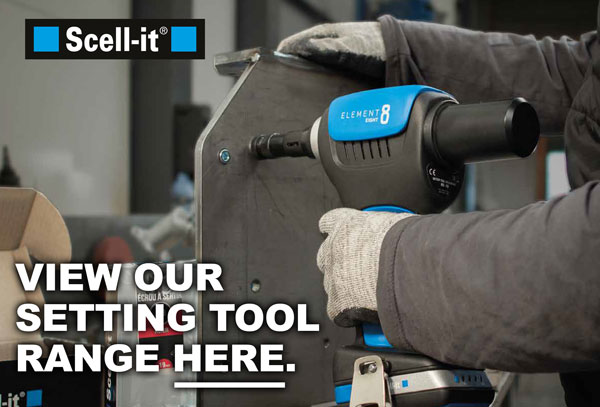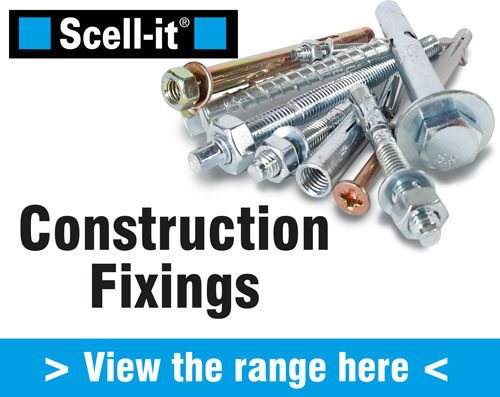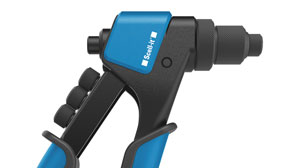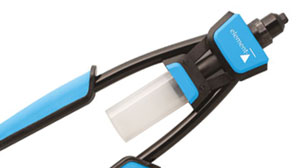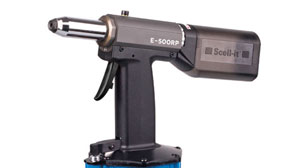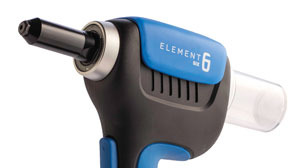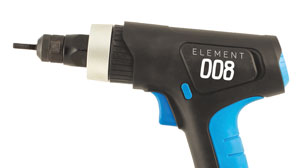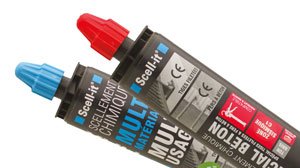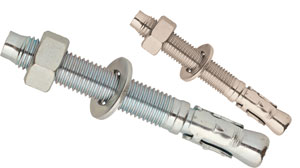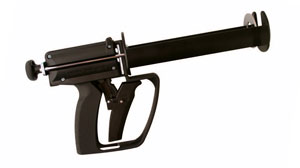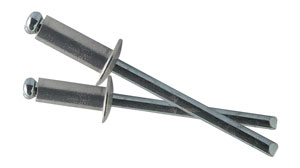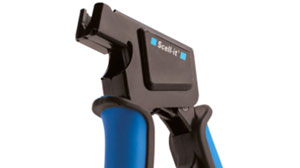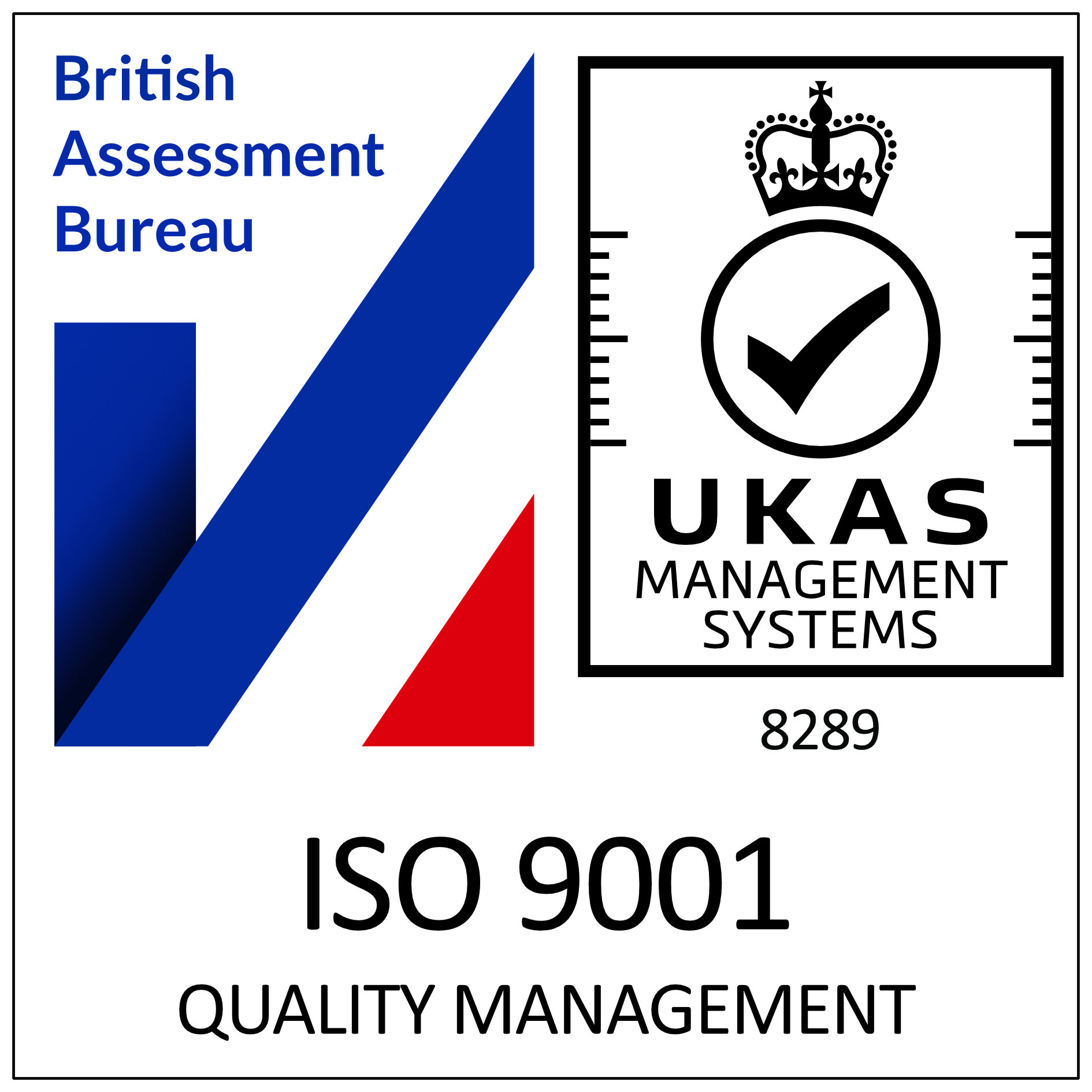A guide to choosing a Rivet Setting Tool

When choosing the right setting tool – first select the type of setting tool you need. These come in four basic groups of Manual Tools (1 handed), Two-handed manual tools, Pneumatic tools and Battery powered tools
Here is a quick guide to the pros and cons of each:
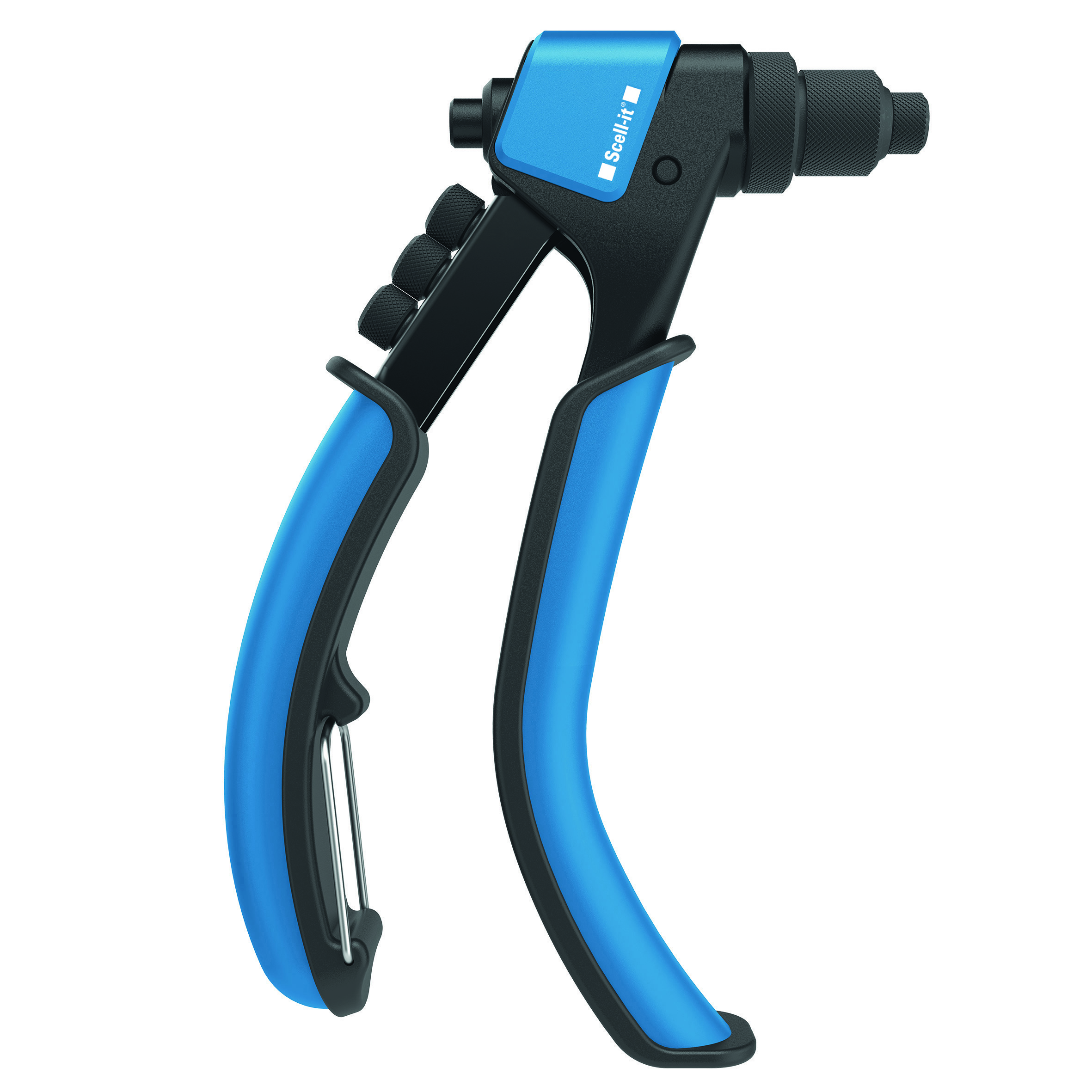 Hand Tools
Hand Tools
Hand tools have a simple lever and squeeze technique using two handles which are squeezed together like a pair of pliers. Pulling power is equal to how hard manual pressure is applied.
Pros:
– Good for small jobs and repair work in which more precision is required.
– Usually the cheapest option.
Cons:
– Takes manual pressure to set rivets so multiple settings in a short amount of time can be tiring to use.
2 Handed tools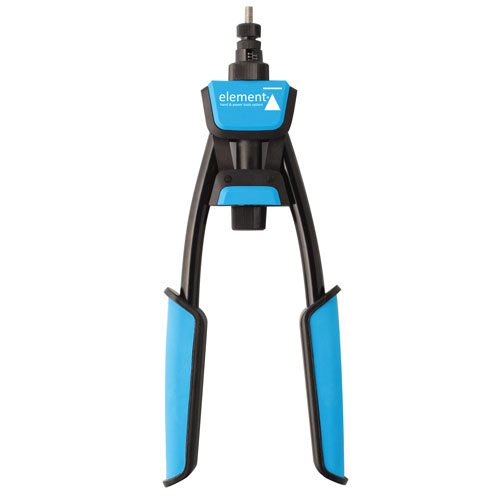
Two handed, or lever riveters, have two long arms that are squeezed together giving more leverage than 1 handed tools. An alternative design is the concertina or lazy tong riveter which allows even more power.
Pros:
– More setting power than 1 handed tools with a wider range of rivet sizes.
– Longer arms gives more power for less effort.
– Can be used for heavy duty applications.
– Many come with a collection bottle that catches the snapped mandrels after installation.
Pneumatic Tools
Pneumatic tools use a trigger to deliver compressed air to set a rivet quicky into place.
They require a hosed connection to the generator providing the compressed air.
Pros:
– Good for heavy duty applications such as assembly lines and repair shops.
– Fast and consistent setting action. Less margin of error than a manual tool.
– No recharge power source needed.
– Many come with a collection bottle that catches the snapped mandrels after installation.
Cons:
– Can be cumbersome and have limited range of work area due to length of air hose.
Battery Tools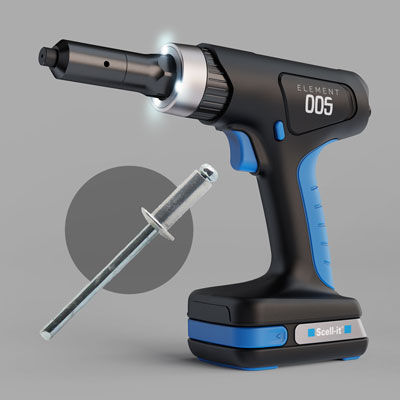
Battery tools are powered by a rechargeable battery and use electric powered motors to
insert the rivet with a squeeze of the trigger.
Pros:
– As powerful as pneumatic tools.
– Ideal for site jobs and tight work areas.
– Lightweight and portable.
– Many come with a collection bottle that catches the snapped mandrels after installation.
Cons:
– Not suitable for delicate applications.
For more information contact Scell-it UK at sales@scellit.co.uk or call 01785 246539.

